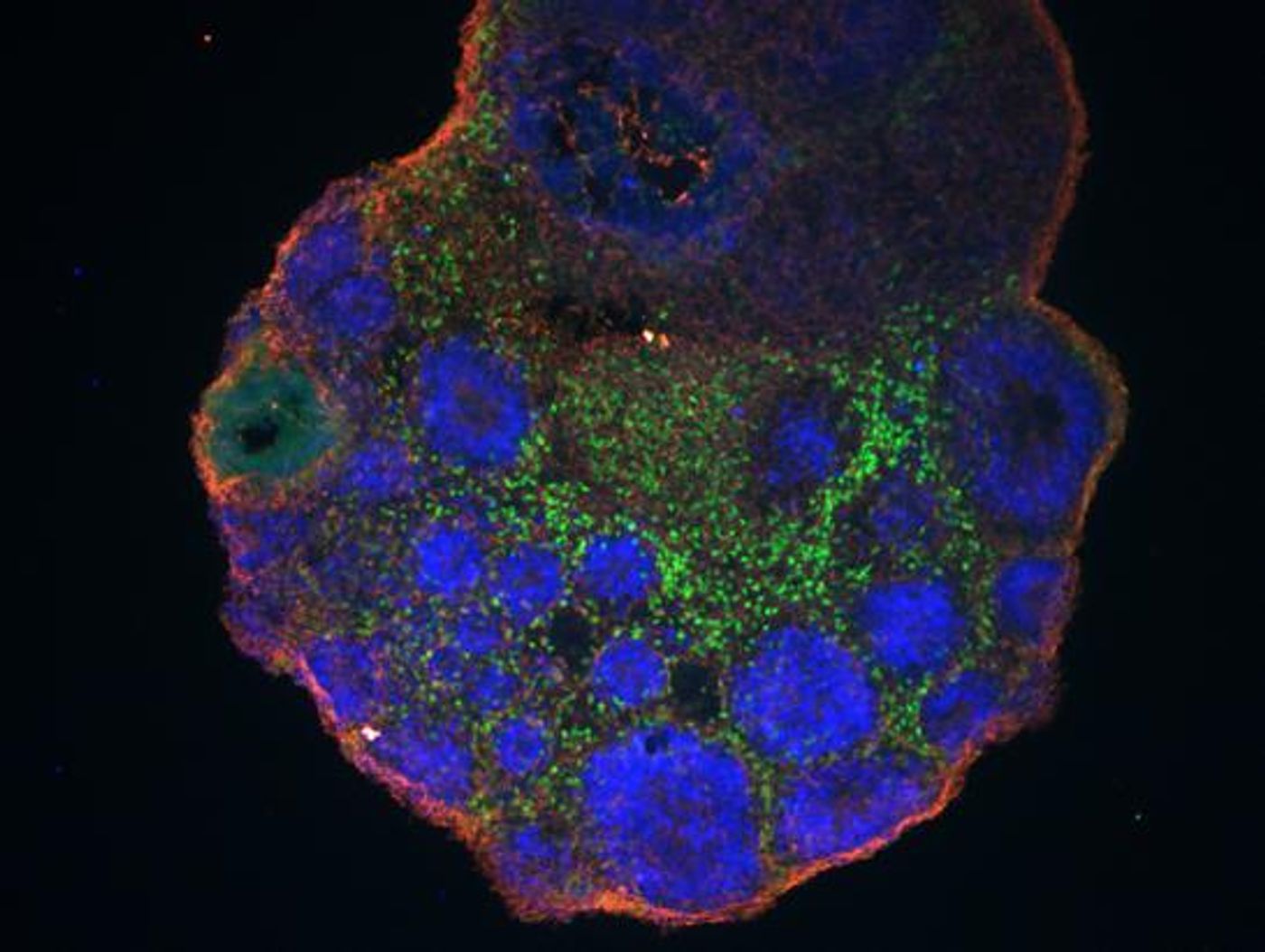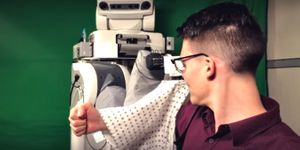Newly Found Genes are Critical to Human Brain Development
The human brain sets us apart from other species, and scientists have been investigating how it first arose. New work led by Howard Hughes Medical Institute (HHMI) Investigator David Haussler of the University of California, Santa Cruz (UCSC) has identified three genes that emerged around 3.5 million years ago; they play crucial roles in the creation of nerve cells and probably helped the human brain to evolve. This paper and another reported in Cell describe a gene that helps construct the neocortex, the brain’s outer layer and an important center of thinking, reasoning, and planning.
Because of a mistake in the published version of the human genome, these genes have not been studied much. Haussler noted that they can now help illustrate how we’re separate from chimpanzees. "Understanding ourselves and how we're different from other species has been a scientific quest for millennia," he said. "These studies help address the age-old question of what makes us human."
Human brains started getting larger around 6.5 million years ago when chimps and humans diverged from their common ancestor. "If you look at craniums from fossils of our ancestors, you can see this expansion," Haussler said.
All of the genetic alterations that accompanied this change in size have not been elucidated, however. After splitting from chimps, around 15 million of those alterations happened in the human genome.
Haussler’s team participated in the Human Genome Project, which aimed to sequence the complete human genome. While that goal was met, like most science it is a work still in progress that is continuously updated. The latest update was very important to Haussler’s research.
In research at Haussler's lab that sought to identify genes that are only expressed in the developing human brain, Frank Jacobs, now at the University of Amsterdam, identified a candidate gene: NOTCH2NL. It is related to NOTCH2, known as a gene that helps regulate the number of neurons, and is critical in the early development of the brain, Haussler said. He is featured in the video.
When the investigators mapped the location of the NOTCH2NL gene, it seemed to be in the wrong place. But when the 38th version of the human genome was released at a later date, they found that the gene was in fact located in a part genome that was connected to brain size. When chunks of that area are gone, brains shrink, and if part of the area is duplicated, brains can grow too large. "And there were three versions of it!" Haussler exclaimed. In what he called "a series of genetic accidents,” the gene was repeatedly copied and pasted into the genome.
The timing of the gene’s appearance fits into the story, and additional analysis showed that the genes the researchers found are only present in humans and their closest relatives, and not in chimps or gorillas.
Experimental work with stem cells has indicated that NOTCH2NL genes tell the brain to make more of the stuff that makes neurons - more neural progenitor cells.
UCSC cell biologist Sofie Salama spearheaded research to understand the mechanisms used by the genes and whether they’re a factor in disease. She and her group found that the Notch pathway is probably the conduit for the directions that NOTCH2NL sends. There are three of these genes, "adding an extra push to the pathway," Salama said.
When some of those gene copies are deleted, it may cause abnormalities in brain size or neurological disorders, the investigators found. When the genomes of six individuals with autism were checked, it was found that they had changes in their NOTCH2NL gens. Some parts had been gained, while in others, parts had been lost.
This is a poorly understood region because it presents a problem. It has a highly repetitive sequence, Salama explained. She likens it to a puzzle with pieces that all look the same.
Salama’s team solved the technical challenges and went on to show how the NOTCH2NL genes are disrupted in the autistic patients.
A group led by neuroscientist Pierre Vanderhaeghen from the University of Brussels also reported similar conclusions in Cell, which they found through computational methods. "It's very exciting that we picked up the same super-cool candidate," Vanderhaeghen said.
There are at least eight versions of NOTCH2NL in modern humans, Haussler said. It’s not yet known how those differences manifest in people. Vanderhaeghen's team is looking at a list of other candidates for human-specific neurodevelopment genes. "No one has studied them yet,” he said.
"Understanding the key to our greater cognitive abilities is a huge opportunity of our time. This is an area for young scientists to be excited about,” Haussler added.
Sources: AAAS/Eurekalert! via HHMI, Cell









